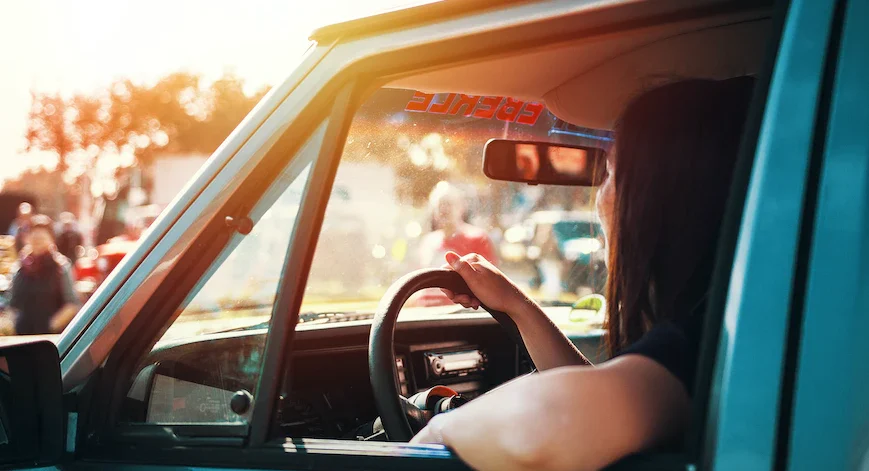
Tips on Supervising a Learner Driver ~ The legalities and must haves.
Do you know a learner driver eager to gain experience before taking their test? No doubt they’ll be looking for a patient instructor to support them – have you ever thought that might just be you? If you’ve never taught a learner driver before you’ll need to brush up on the legalities before hoping into the passenger seat. Here’s the lowdown on what you need to know – from April to June 2022, around 400,000 practical driving tests took place with a pass rate of just under 50%. The difference between passing and failing could be a few extra driving sessions with a supervised driver (like yourself!) helping them to get through. Supervising a learner driver can help save on the huge expense that learning to drive adds up to. Did you know that on average, it can cost learners almost £1400 to pass their test? That’s a hefty sum before you’ve even started thinking about buying a car or looking at insurance..

So let’s check who can support a learner driver:
Are you eligible?
To supervise a learner driver, there are a range of requirements that you must meet. These include:
· Holding a valid driving licence (This can be from countries in the EU or European Economic Area)
· Having held the licence for at least three years
· Being at least 21 years old
· Holding the right car insurance

What are your responsibilities?
If you’ve ticked all of the above then you’re good to go. All that’s left to do is understand your role as an instructor and to be prepared to take responsibility for the learner driver. Make sure you:
· Perform safety checks on the car before driving
· Ensure the driver has the right learner driver insurance
· Display L plates on the front and back of the vehicle to warn other drivers
· Brush up on your highway code, so you can provide the best advice when supervising
· Be patient with them – they’re learners after all!
How you can offer support?
When you’re out on the road, you’ll need to make sure you’re supportive of the driver at all times. Work carefully through the key manoeuvres and expose your learner driver to a range of driving conditions to ensure they’re fully prepared for the big test. You may need to model examples of reverse or parallel parking so make sure your skills are up to speed before teaching and avoid passing on bad habits! That’s it. You’re ready to hit the road. Fasten those seat belts!






